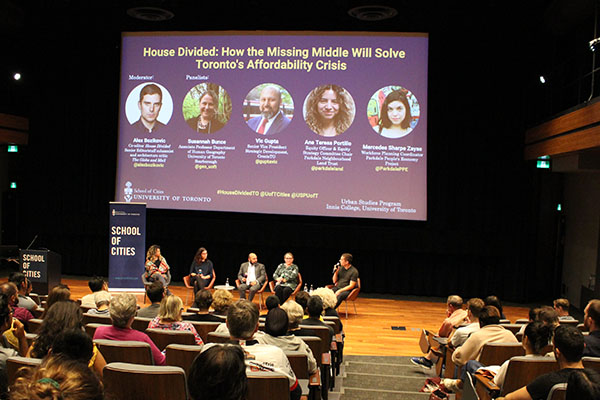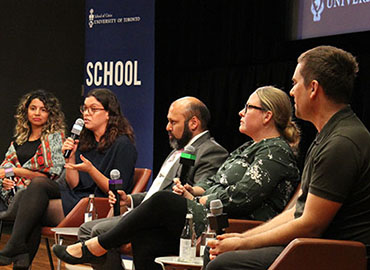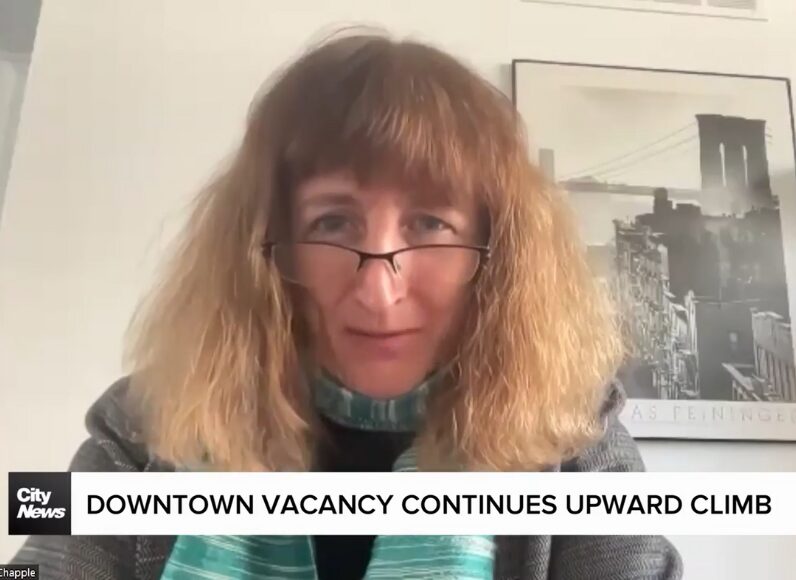How can Toronto solve its housing affordability crisis? It’s a question examined by a new book, House Divided: How the Missing Middle Will Solve Toronto’s Affordability Crisis (2019, Coach House Books).
The anthology edited by John Lorinc, Alex Bozikovic, Cheryll Case, and Annabel Vaughan explores new ways of thinking about housing in Toronto, in particular the “missing middle” of low-rise developments in residential neighborhoods, rather than single-family homes.
Last week, the University of Toronto’s School of Cities, in partnership with the Urban Studies Program, Innis College invited four speakers to give lightning talks on housing affordability from their community, research and planning perspectives.
Authors of the House Divided essay “The Urban Legend: Parkdale, Gentrification, and Collective Resistance” spoke to the history, community and workers’ activism and future of Toronto’s Parkdale neighbourhood in the west-end.
“By re-historizing the single-family home, we not only shed light on its violent impacts on our community. But we are also able to understand the imperative role of indigenous sovereignty and racialized, working-poor struggles, that can – and do – inform our current visions, and call for democratically governed and community-owned land, and our call for the preservation and de-modification of housing,” said Ana Teresa Portillo, equity officer & equity strategy committee chair for the Parkdale Neighbourhood Land Trust.
Co-author Mercedes Sharpe Zayas, workforce planning coordinator for Parkdale People’s Economy Project said the community’s current struggle is to see development without displacement through community benefits agreements.
When local landlord University Health Network (UHN) announced the redevelopment of their healthcare facility in south Parkdale earlier this year, the community saw an opportunity.
After months of negotiation, they received a commitment that homes will be preserved as permanently affordable, and that the vacant sites will be rehabilitated as social housing.
“This win is still forming, but demonstrates the power of collective visions, and the repurposing of a single-family home for community, while building relationships of care,” said Sharpe Zayas.
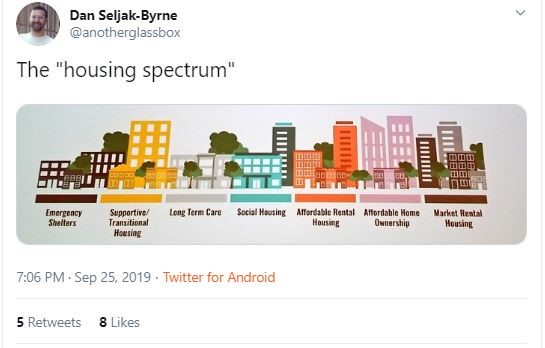
Susannah Bunce, an associate professor in the department of human geography at the University of Toronto Scarborough has spent the past 10 years researching Community Land Trusts (CLT) in Canada, the United States and the United Kingdom.
Bunce explained CLTs are primarily non-governmental, non-profit organizations that are community-centric, largely based in neighbourhoods and represent the community’s interests and needs.
She said the first urban CLT was formed in Cincinnati, Ohio in 1982 and was created to provide affordable housing for low-income residents of a gentrifying downtown neighbourhood, so that residents could remain in their community.
“Community land trust practices can be understood as a community-based development action, aimed at strengthening communities,” said Bunce, also noting the emphasis CLTs place on development without displacement.
Vic Gupta, senior vice president, strategic development of Toronto’s newly formed real estate agency, CreateTO, said the agency is liaising with stakeholders, partners and community members to ensure the city is utilizing its real estate assets for today, and for tomorrow.
“No longer will we be looking at selling the city’s real estate for… the highest and best use… Instead, we’ll be thinking about how to drive city-building objectives that serve the communities that those assets are located in,” said Gupta.
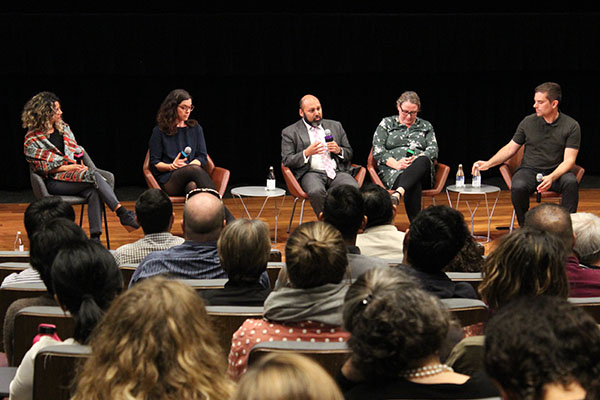
He detailed how one of the first priorities assigned to CreateTO was Housing Now, a project that will see to building and bringing to market 40,000 affordable housing units in the city across eleven identified sites.
“The intent of Housing Now is to maximize public land for public benefit. Housing, first and foremost, but also other community facilities, parkland and public realm improvement. The idea is to build mixed-income, mixed-use, transit-oriented communities,” said Gupta.
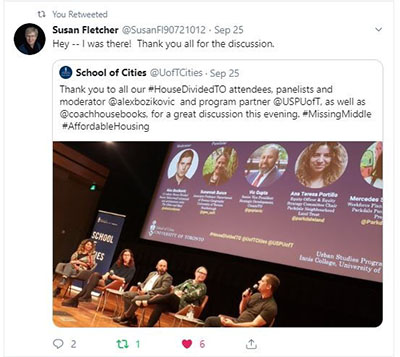
The School of Cities thanks the event’s panelists and the Urban Studies Program, Innis College, for partnering on this event.
